I'm working on a power circuit for a device that is usually battery powered.
Most of the time, the device is sleeping and sipping at power around ~5uA, which is great for battery life. In this state, the device will be powered by an LDO with a super low quiescent.
Sometimes, the current is going to get up to 600mA. When this happens, I want to switch the power supply over to a buck converter that's pretty efficient. Most of the time this won't even receive high-side power (blocked via back-to-back P-channel mosfets) to avoid quiescent, because it's not great.
I'm trying to use JLCSMD's SMD parts library, which limits my options (though they have a number of more common parts). I've designed a circuit that just needs a HIGH signal to handle FET switching that will activate/deactivate all the appropriate power paths.
I'm struggling with the current sensing. I want the switchover current to be around 10mA, as beneath that the buck converter I've selected gets pretty badly inefficient. If I want a maximum voltage drop of ~0.2v at full load current (700mA to be safe), I have a current-sensing resistor of 0.2-0.3 ohms. Assuming best-case of 0.3, at 10mA current - which I want to be my switchover - I have 3mV difference to measure.
I'd need a gain of 1MV/V to get this into the range to activate FET gates - and I think I also ought to put a schmidtt trigger or something on here so it happens all at once, rather than gradually.
Is there a way something like this is typically accomplished - or at least a good way to do it?
I was thinking of using a P-channel MOSFET as a voltage-controlled resistor to change the sense resistor value, but that could get hairy. I was also thinking I could may just chain sequential op-amps to amplify repeatedly, but I worry about quiescent inefficiency as well as thermal drift.
Thanks!
